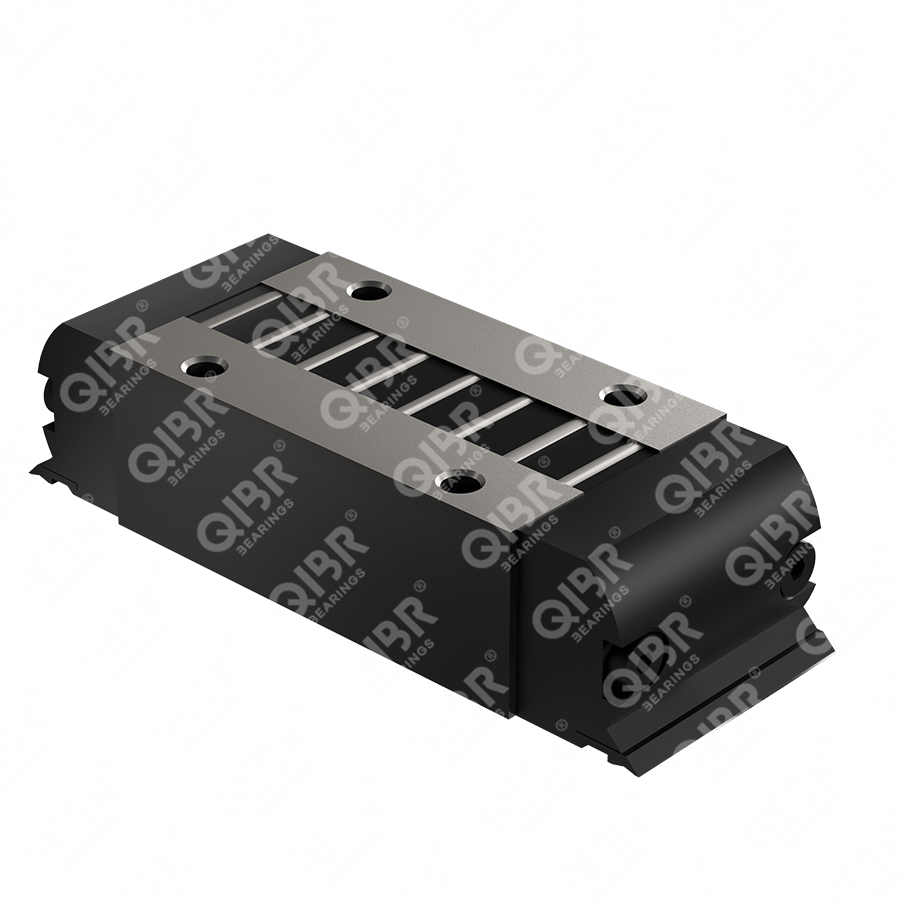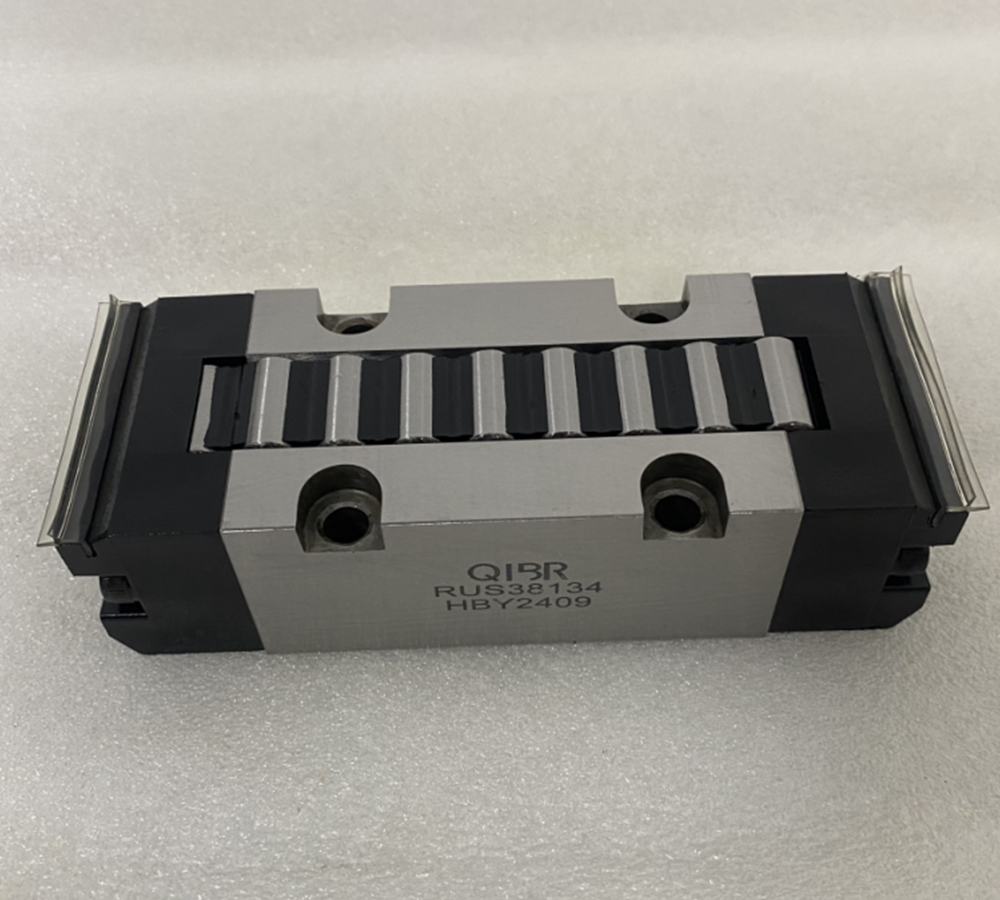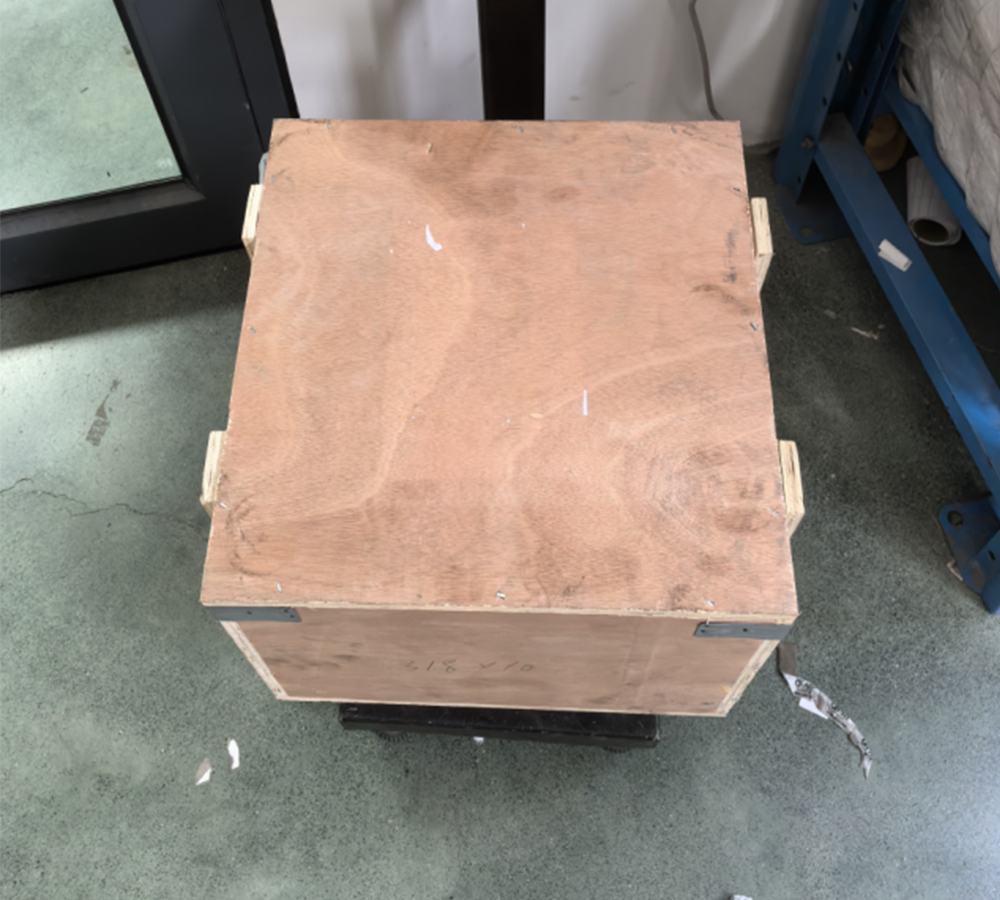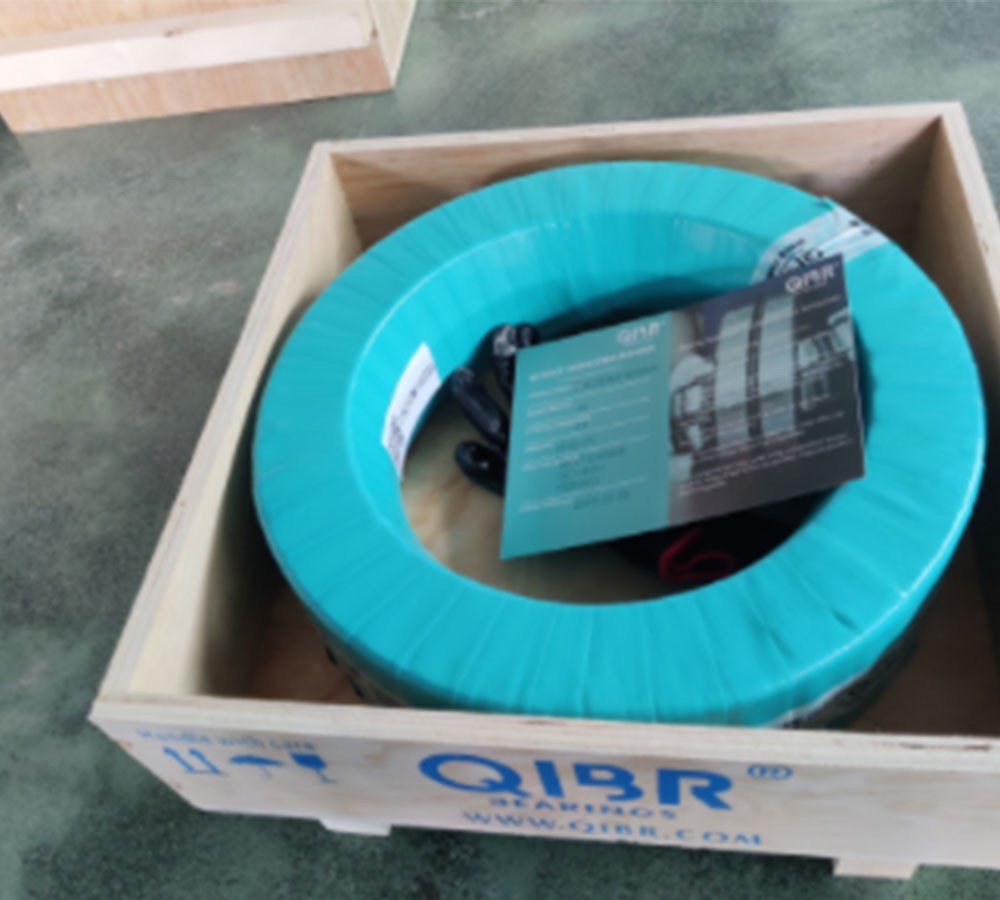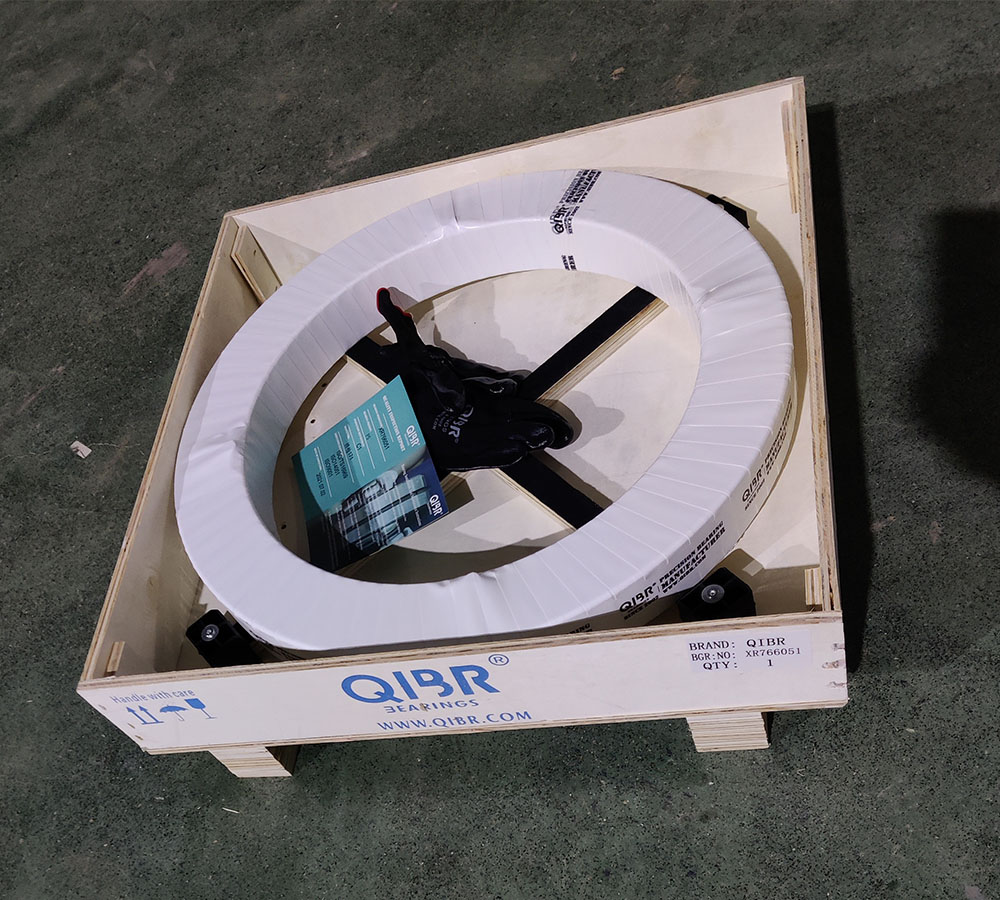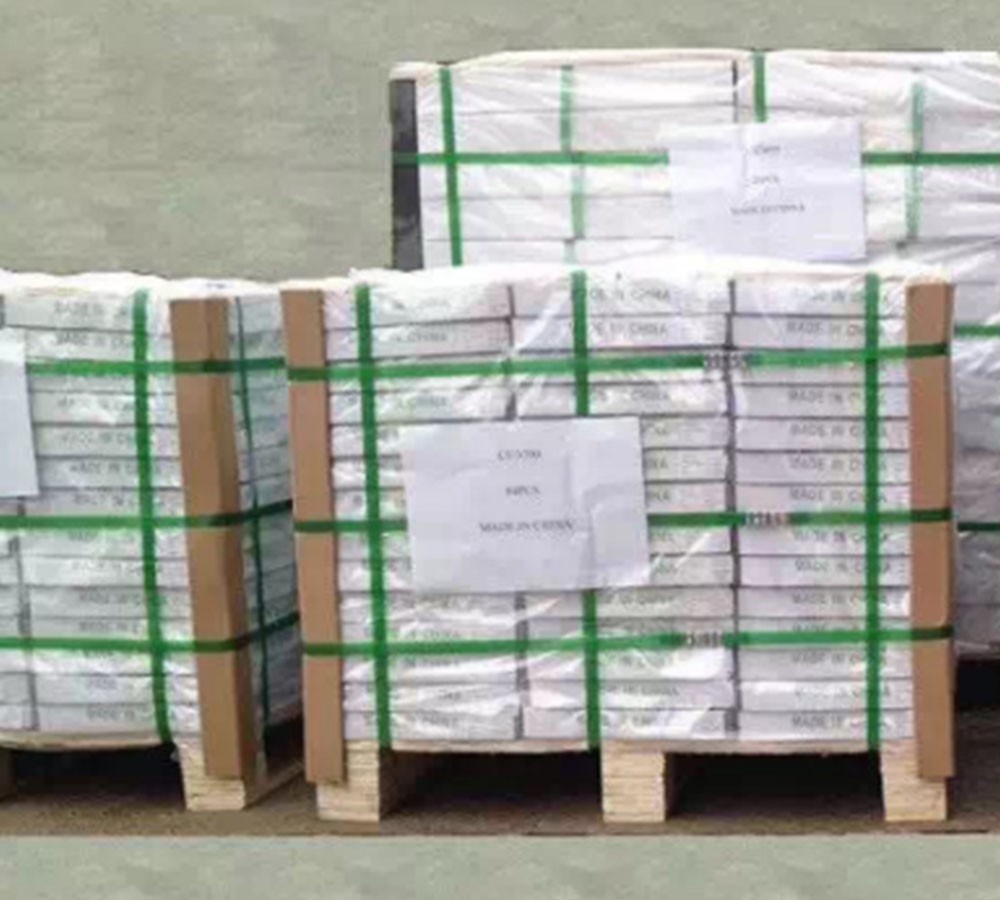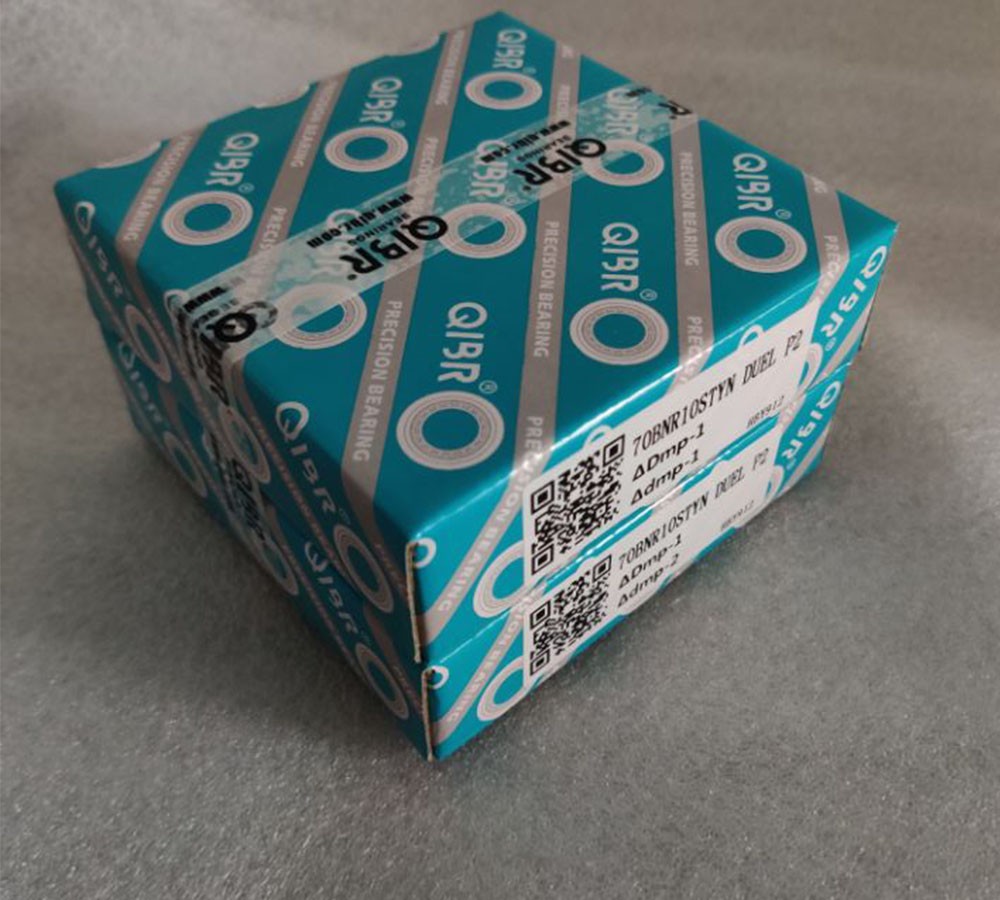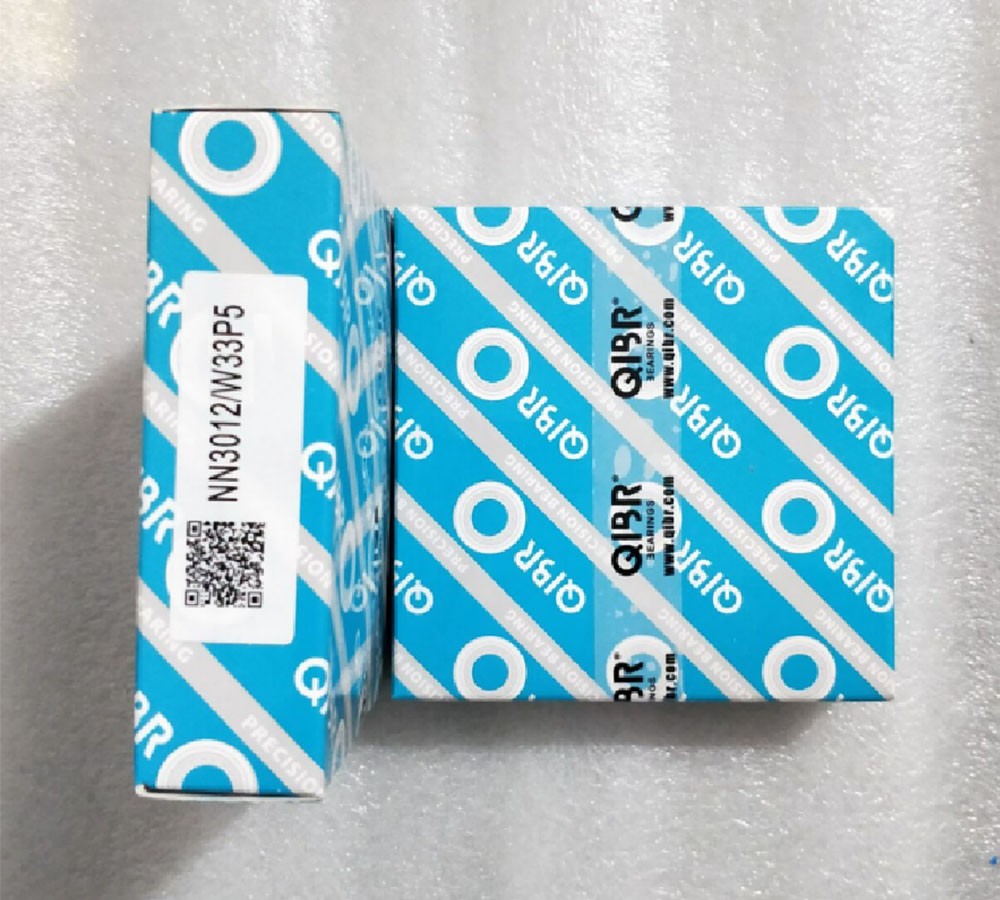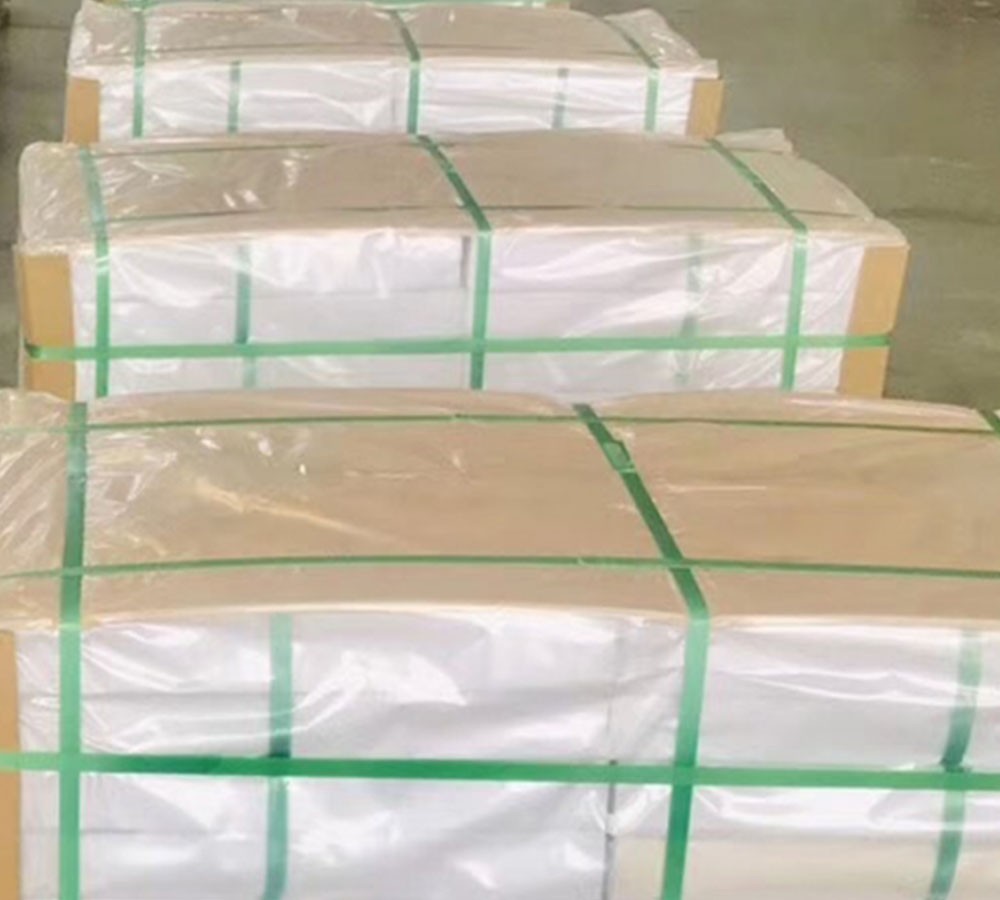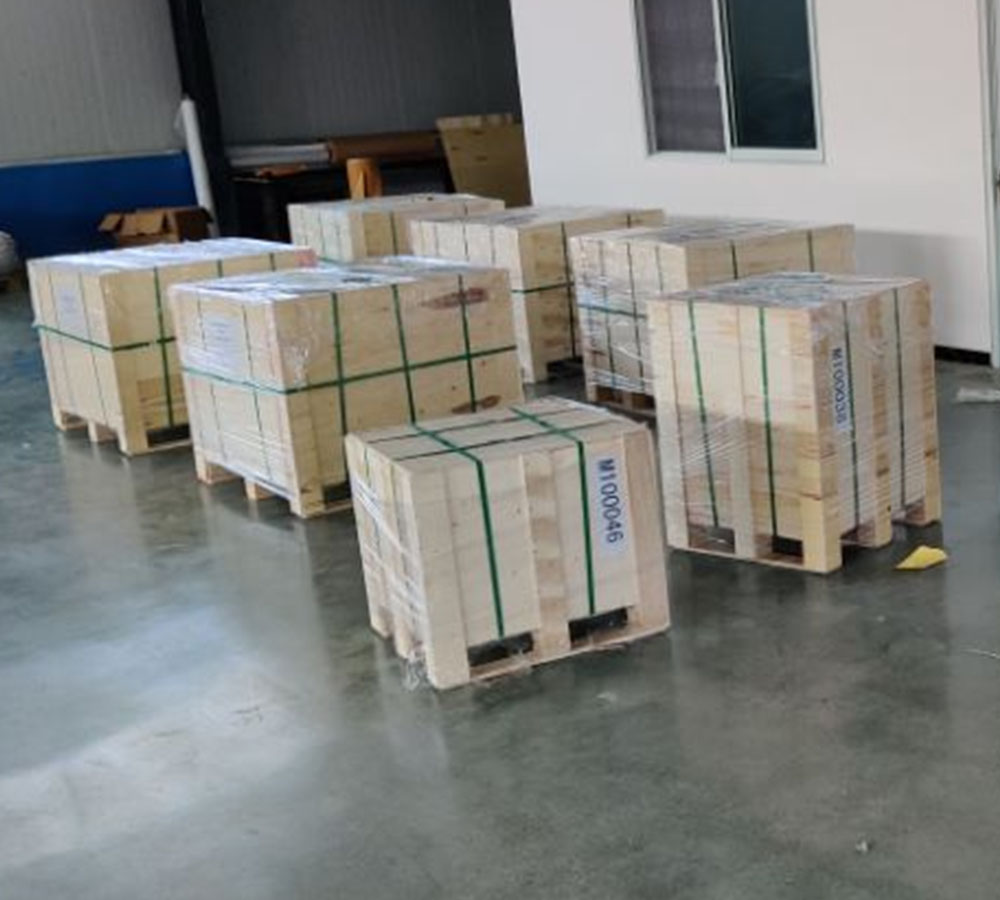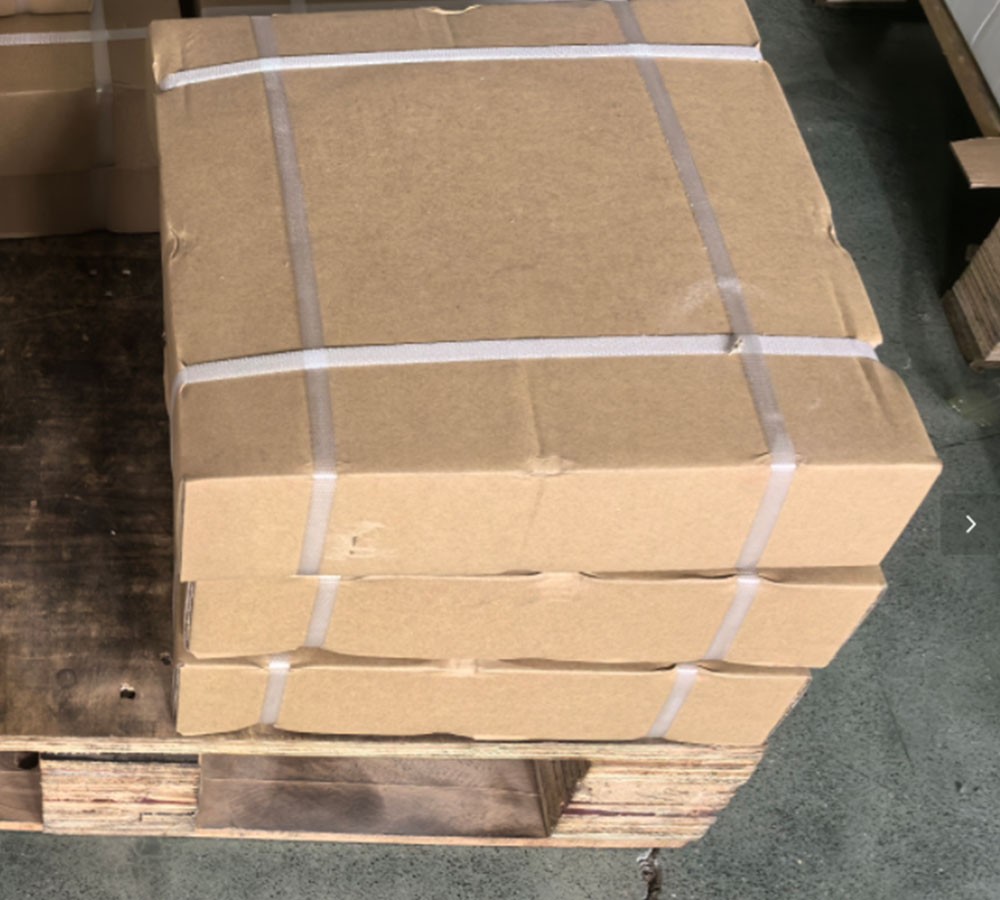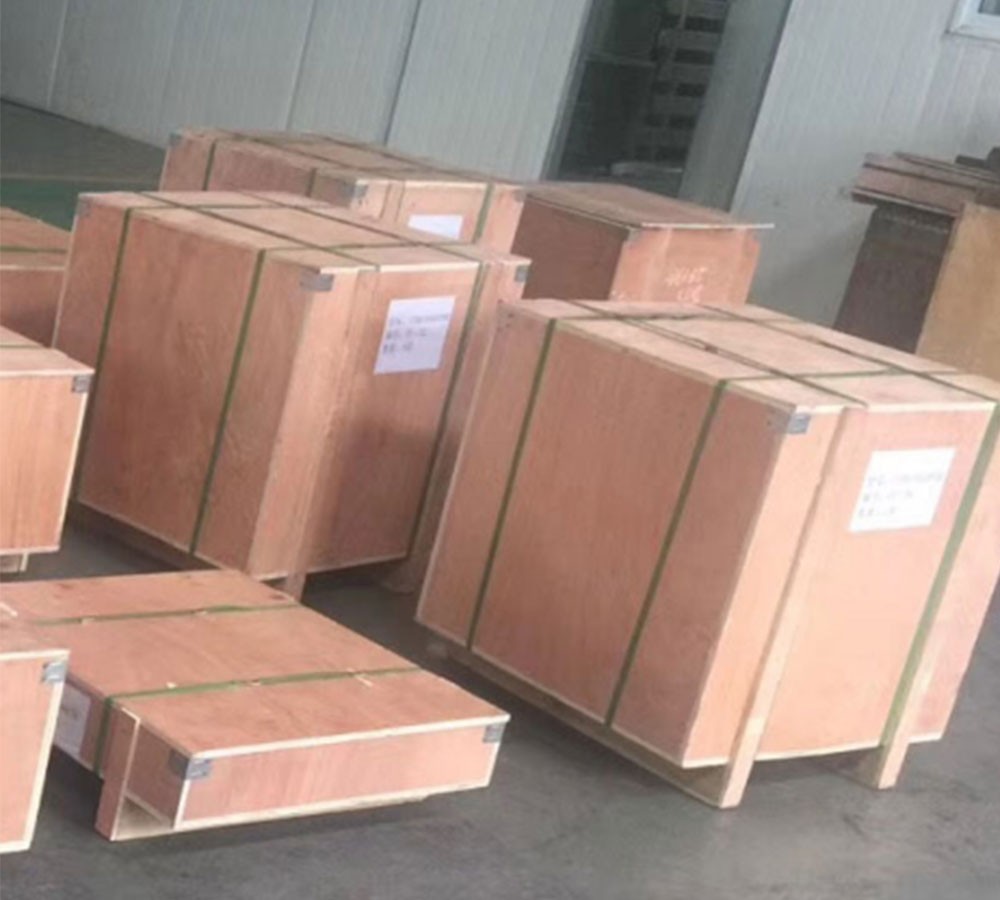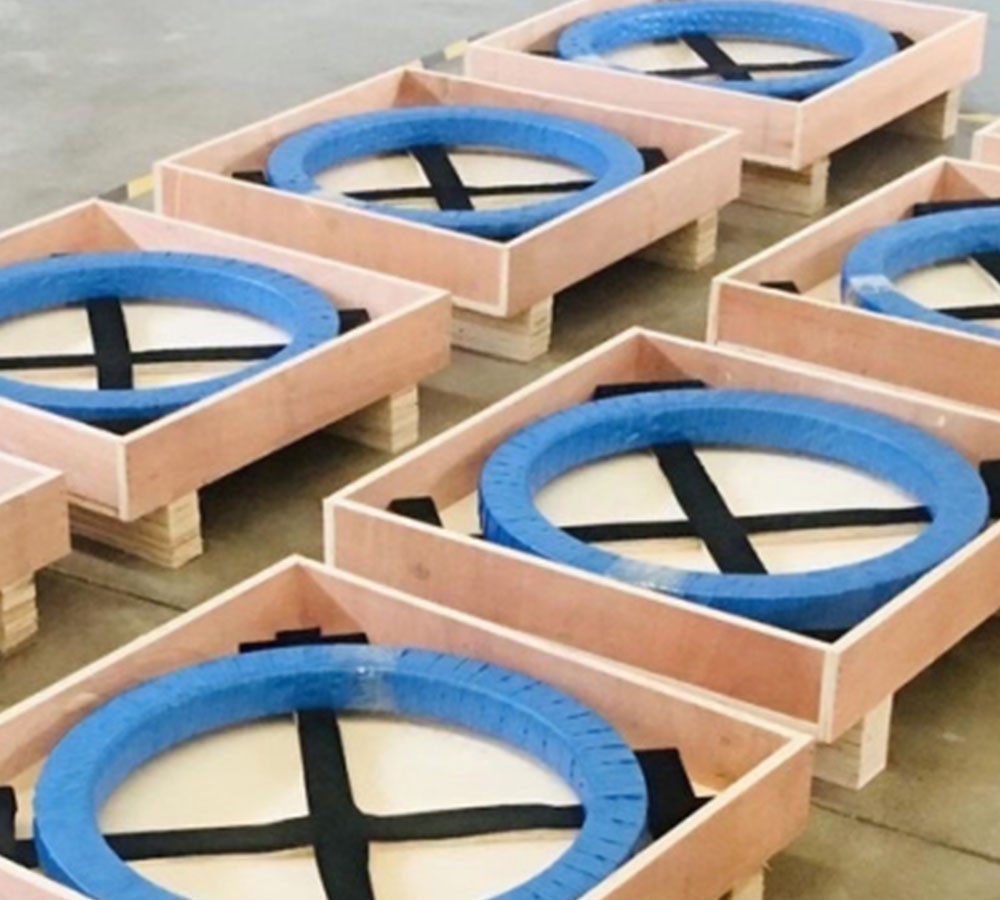QIBR rail delivered to a customer in Houston, USA, to enhance the stability and safety of logistics conveyor belts
- Continent
- North America
- Country
- The United States
- Date
- 2016-02-10
- Categories
-
Linear Roller Bearings
- Applications
- Logistics conveyor belt
Products Used
Linear Roller Bearings
1. Smooth Guidance: The RUS 38134 rail features a ball design and is manufactured through stringent precision processing, ensuring a smooth surface with high straightness and rigidity. The friction is significantly reduced when the slider moves along the RUS 38134 rail, providing a stable guiding path that ensures smooth movement of materials on the conveyor belt, minimizing the risk of material falling or being damaged due to imbalance or tilt.
2. High Load Capacity: The design of the RUS 38134 rail effectively distributes loads and increases contact area. With a low friction coefficient between the rail and slider, it can withstand greater forces without generating excessive friction heat or wear, enhancing load capacity suitable for heavy material transportation.
3. Wear Resistance: The surface of the RUS 38134 rail undergoes quenching and chrome plating processes, significantly improving its wear resistance. A hardened layer forms on the surface, increasing its abrasion resistance and maintaining good performance under high-frequency usage, thereby reducing maintenance costs and downtime caused by wear.
Additional Notes:
The American customer decided to purchase QIBR's RUS 38134 rail to meet their needs for safety and stability in logistics and conveyor belt systems. QIBR is committed to using high-quality steel and collaborates with several major domestic steel mills to ensure that the materials for the RUS 38134 rail possess excellent strength and wear resistance. High-quality materials allow the rail to maintain stable performance even under heavy loads and harsh environments. The stability and safety of the rail ensure efficient operation of logistics and conveyor belt systems, reducing downtime and increasing production efficiency.

